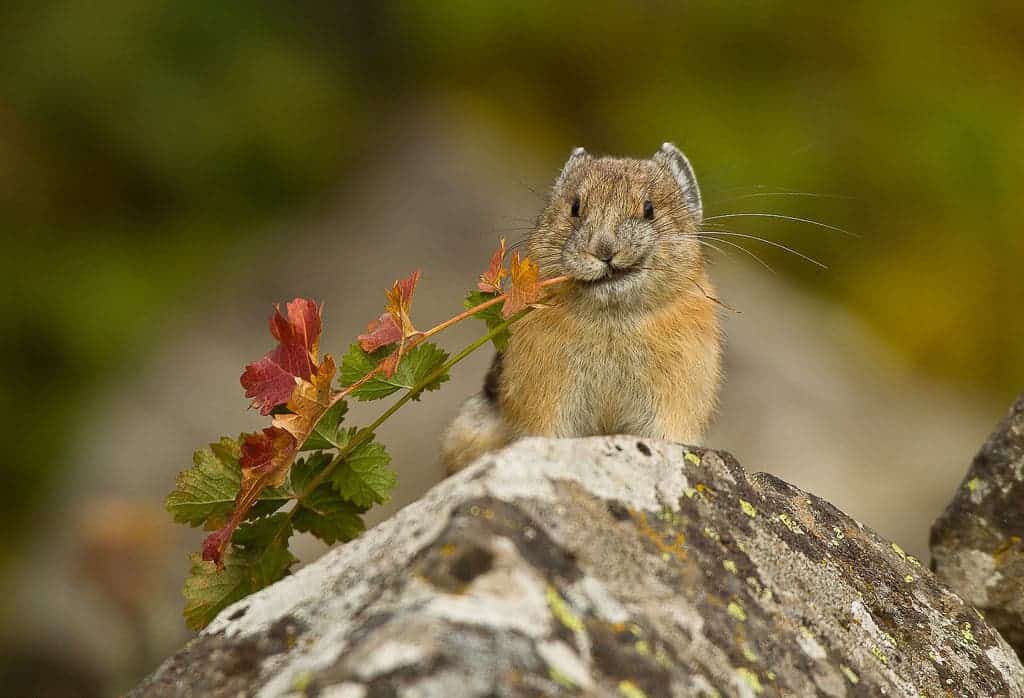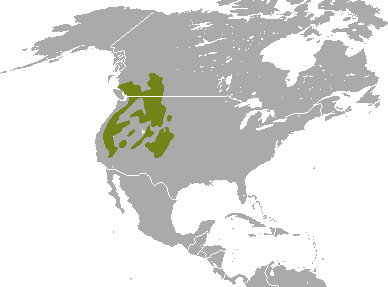The American pika, “one of the cutest animals” in the country, is feeling the heat as a hotter, drier summers threaten its habitat.

Image credits NPS Climate Change / Flickr.
Whole populations of the tiny rabbit-like mammal known as the American pika are vanishing from the animal’s historic range in the mountainous areas of the western USA. The main culprit seems to be loss of habitat powered by climate change, according to findings by the US Geological Survey. After observing the animal from 2012 to 2025, the Survey found that the pika’s range is shrinking in southern Utah, north-east California, and in most of Nevada, parts of Utah, Oregon, Idaho and California — almost the entire Great Basin.
The study provides more conclusive evidence to the effect of global warming on the tiny mammal, building on earlier research which found that climate change was at least partly contributing to the animal’s decline. It did not measure how many total American pika still exist, but studied several areas where it has historically roamed eating grass, weeds and wildflowers. While the pika overall seems to be struggling, the study found that it’s thriving in a few places — most notably the Columbia River Gorge in Oregon and Grand Teton National Park in Wyoming.
But don’t rest easy just yet. The American pika (all species of pika are extremely cute) has completely disappeared from the Zion National Park in Utah, despite sightings as recently as 2011. In the nearby Cedar Breaks National Monument, the animal was nowhere to be seen on three-quarters of their historical range according to Erik Beever, a research ecologist with the USGS and lead author of the study. In north-eastern California, the pika was only found in 11 of the 29 sites of confirmed habitat. In the Great Basin, which stretches from Utah’s Wasatch mountains in the east to the Sierra Nevada and Cascade mountains in the west, the population is down about 44% compared to historical records.
“The longer we go along, the evidence continues to suggest that climate is the single strongest factor,” said Beever.
Essentially, the pika are dying of exposure in their own burrows, and it’s all because of us.
The pika are tailored to live in a very specific conditions, and are very sensitive to changes in temperature and humidity. The animals make their home on mountain slopes, known as talus, where they search for open spaces in the ground to burrow. But the talus fields are becoming a much hotter, drier place in summer and a very harsh place in winter, with less snowfall to insulate the critter from cold.

Image credits Wikimedia user Chermundy.
The study is the latest argument in the long-running efforts of wildlife advocacy groups, which have been trying to get the pika on the endangered species list for a few years now. In 2010, the US Fish and Wildlife Service rejected one such request, citing that not all populations are declining. The latest petition was made this April by a high school student in New York state. This situation isn’t singular — ZME Science reported the other day that the average waiting time for a species to make the Endangered Species list is 12 years, or six times more than the designated timeline.
A preliminary ruling is due this September, but the new study won’t be taken into account because the agency’s staff only takes into consideration information submitted with the petition, said Serena Baker, a USFWS spokeswoman. Hopefully, the ruling will be in favor of the pika. But, should the USFWS turn it down, the study should help future petitions to have the animal declared endangered, as the study confirms that climate change is putting the animal at real risk, says endangered species director at the Center for Biological Diversity in Arizona Noah Greenwald. Without such a ruling, future generations of mountain enthusiasts may not have the chance to see these lovable critters on their hikes, he adds.
“It’s gotta be one of the cutest animals in North America. It’s like a cross between a bunny rabbit and prairie dog,” Greenwald said. “Part of what makes our world interesting is the diversity of animals and plants that you can see when you go to different species.”
President Barack Obama is a big supporter of the issue. During his Yosemite National Park speech in June this year, he talked about the damage climate change is inflicting on the country’s national parks. He said the pika was being forced further up-slope at Yosemite to escape the heat.
“It’s not that they’ve just moved, they are gone all together,” Beever said.



